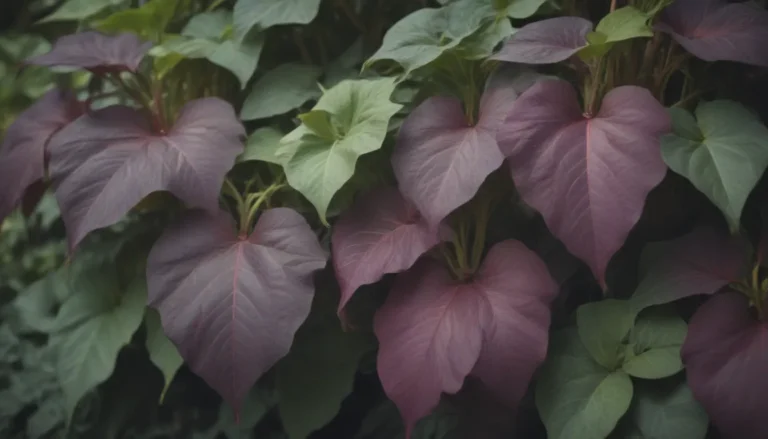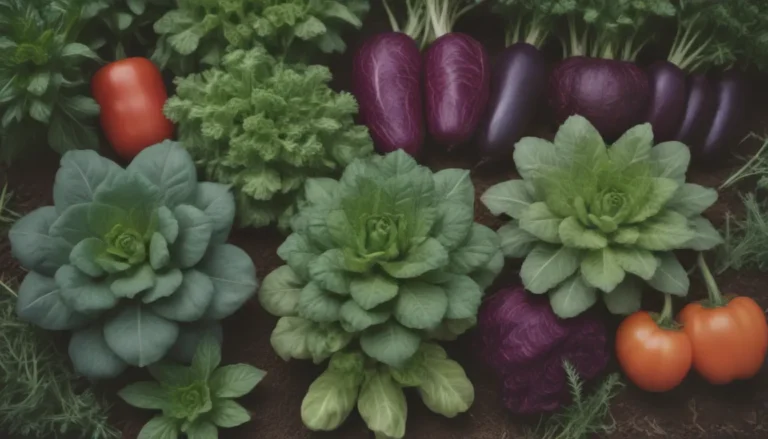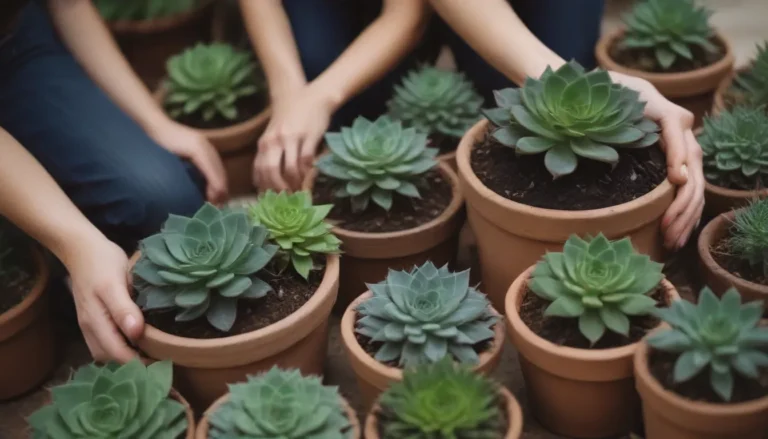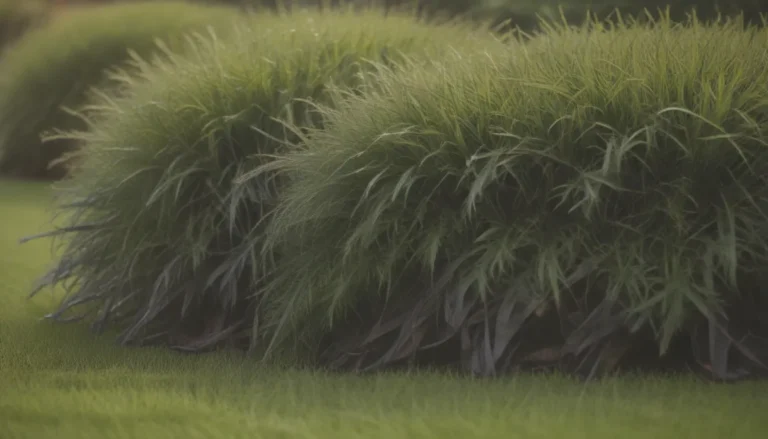Comprehensive Care Guide for Calathea Fasciata: An Exotic Addition to Your Indoor Jungle
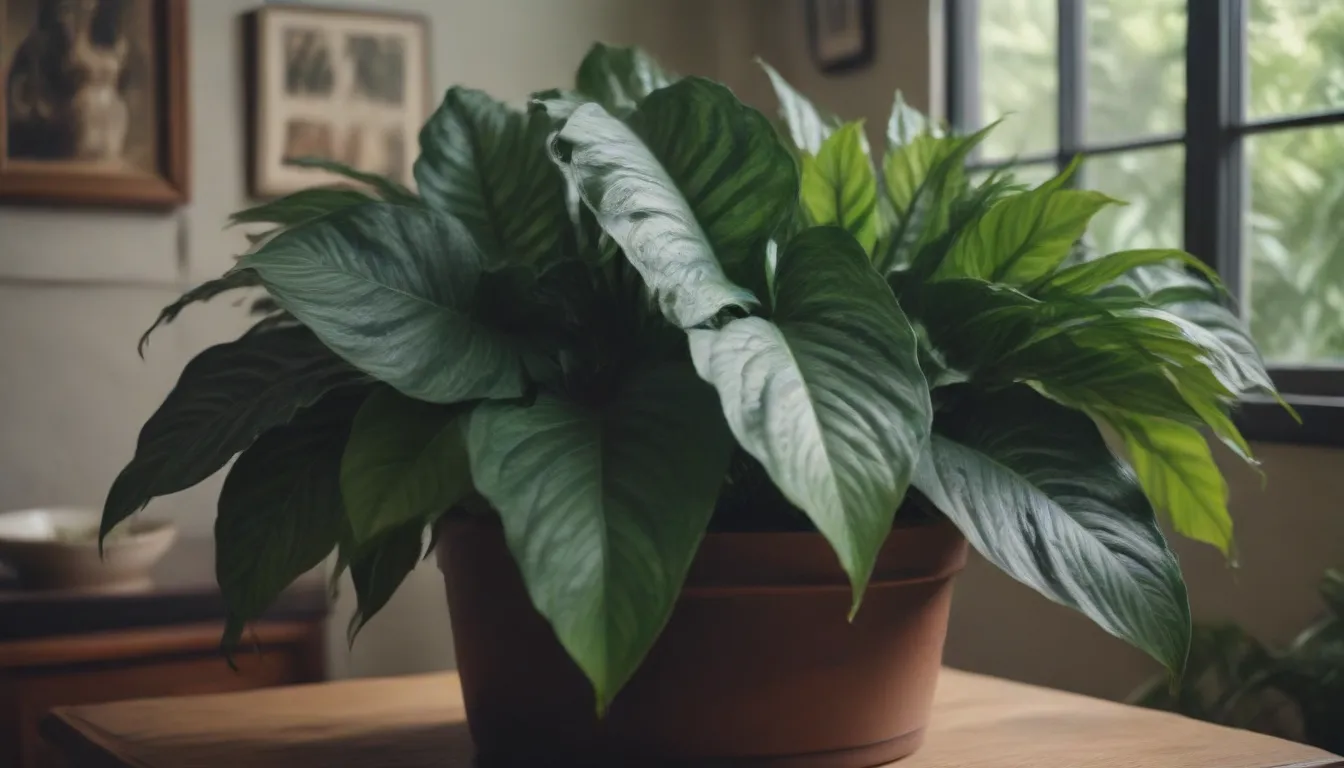
So, you’ve decided to add a Calathea Fasciata to your indoor jungle, but you’re feeling a bit unsure about how to care for this unique and exotic plant. Fear not! In this in-depth guide, we will cover everything you need to know to successfully grow and care for your Calathea Fasciata. From light and soil requirements to watering tips and common problems, we’ve got you covered.
Introduction to Calathea Fasciata
Calathea Fasciata is a rare houseplant known for its bold-patterned wide foliage. While they can be grown outdoors in tropical regions, they are typically kept as houseplants due to their love of lower light conditions and high humidity levels. This pet-friendly species may be a bit fussy, but with the right care, you’ll be rewarded with striking dark and green stripes on the shiny, thick foliage of mature plants.
Calathea Fasciata Care Requirements
Here are the main care requirements for growing a Calathea Fasciata:
Light
While Calatheas are often recommended for low-light conditions like bathrooms, it’s essential to provide them with bright, indirect light to thrive. Avoid placing your plant in direct sunlight, as this can scorch the leaves and cause variegation fading. Opt for a spot near an east-, south-, or west-facing window for optimal light exposure and remember to rotate your plant regularly for even growth.
Soil
Calathea Fasciata thrives in rich, loamy, well-drained soil that retains moisture. When growing indoors, consider using a potting mix for African Violets or create your blend using orchid bark, perlite, and peaty potting mixture for a lightweight, airy soil mix.
Water
Finding the right balance with watering is key to keeping your Calathea Fasciata happy. Check the soil regularly by sticking your finger in it, and only water when the top inch is dry. Avoid overwatering to prevent root rot, and consider using distilled water to prevent brown leaf edges caused by chemicals in tap water.
Temperature and Humidity
Maintaining tropical temperatures between 70 to 85 degrees Fahrenheit and humidity levels of at least 50% to 60% is crucial for the health of your Calathea Fasciata. Consider using a humidifier or placing your plant on a tray of pebbles filled with water to increase humidity levels.
Fertilizer
Feed your Calathea Fasciata with a half-strength balanced liquid fertilizer monthly during the growing season to promote healthy foliage. Avoid fertilizing in winter when the plant is not actively growing.
Pruning and Propagating Calathea Fasciata
- Pruning: Trim off any unhealthy leaves to keep your plant looking tidy and encourage new growth.
- Propagation: Try propagating a healthy, mature plant through root division during the active growth period in spring or summer to add more plants to your collection.
Potting and Repotting
Calathea Fasciata is not a fast grower, so you’ll only need to repot your plant every few years. When repotting, choose a pot that is no more than 2 inches wider in diameter than the original container to prevent root rot. Water your plant well before repotting and avoid removing all the soil from the root ball to minimize stress.
Common Pests and Plant Diseases
- Fungus gnats: Ensure adequate air circulation and avoid overwatering to prevent infestations.
- Spider mites, aphids, and mealybugs: Keep an eye out for these pests and treat promptly to prevent damage to your plant.
Common Problems and Solutions
- Yellow Leaves: Could indicate overwatering or hard water; consider using distilled water.
- Brown Tips or Curling Leaves: Sign of insufficient water or low humidity levels; adjust watering and increase humidity.
- Drooping Leaves: Normal leaf drooping during the day; ensure adequate water and humidity levels.
Interesting Facts
- Calathea Fasciata was previously classified as a variety of C. rotundifolia but is now recognized as a separate species with the botanical name Goepperatia fasciata.
- Many species of Calathea were moved into a separate genus in the Marantaceae family, but Calathea Fasciata is still widely referred to as such.
In conclusion, while Calathea Fasciata may be a bit finicky, with the right care and attention, you can enjoy the beauty of their striking foliage in your indoor space. Remember to provide them with proper light, soil, water, temperature, and humidity to keep them thriving. With a little patience and dedication, your Calathea Fasciata will reward you with its unique beauty and vibrant presence in your home.
